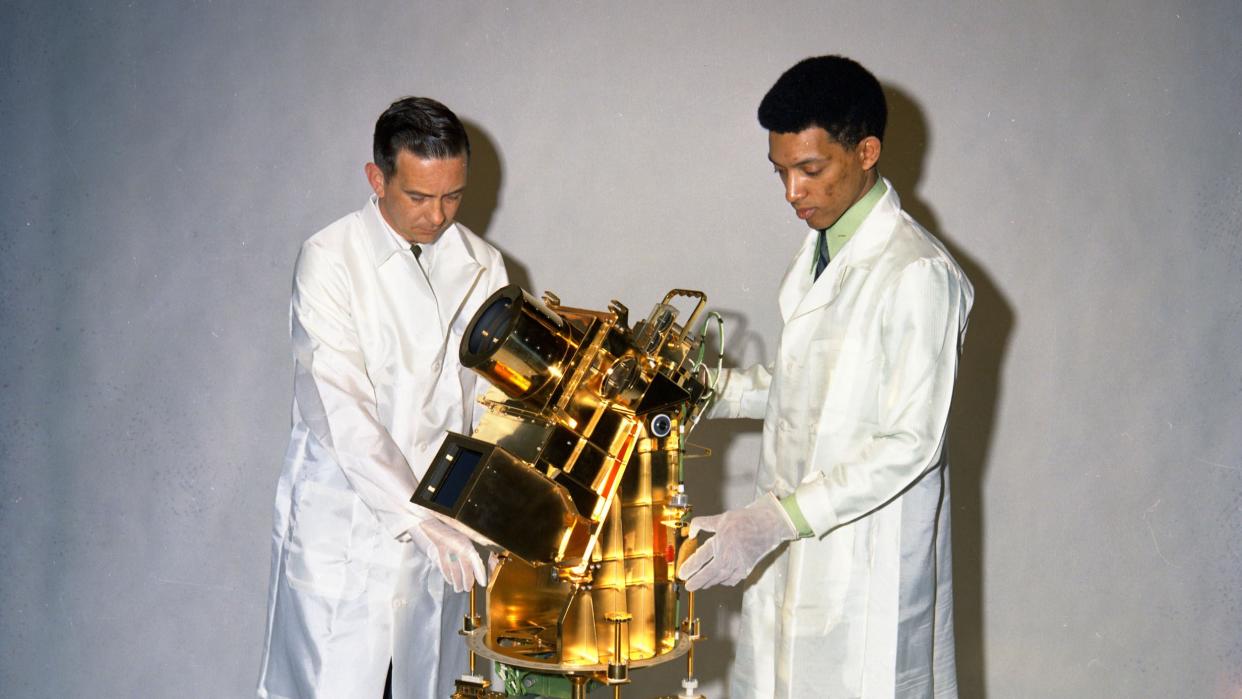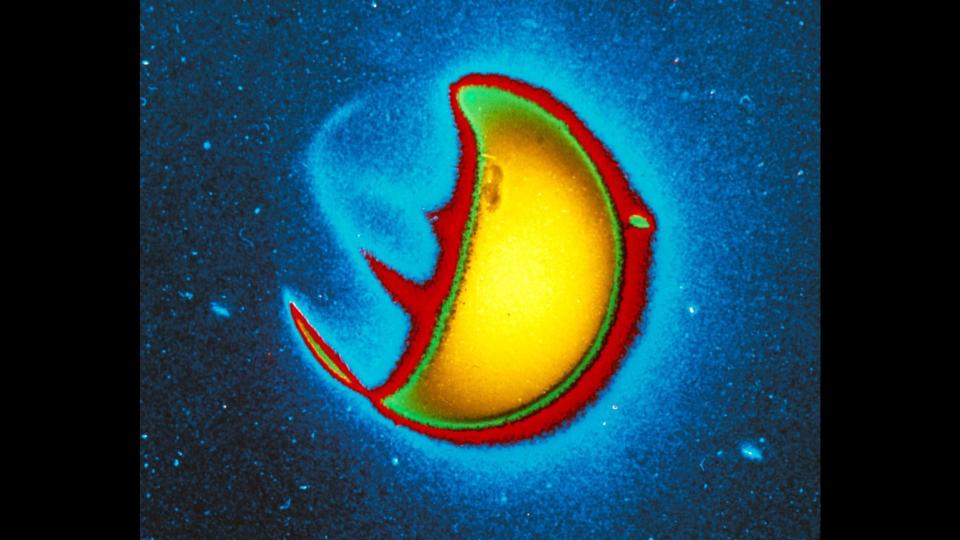NASA renames space observatory in honor of moon telescope visionary George Carruthers

A forthcoming NASA telescope that will observe Earth from space has been renamed in honor of the late visionary scientist and inventor George R. Carruthers.
The telescope, previously known as the Global Lyman-alpha Imager of the Dynamic Exosphere (GLIDE) mission, is now called the Carruthers Geocorona Observatory.
Among other achievements, Carruthers was responsible for the creation of the compact and powerful gold-plated Far Ultraviolet Camera/Spectrograph telescope that was placed on the moon as part of the Apollo 16 mission in 1972. The mission was renamed in December at an event held at the University of Illinois Urbana-Champaign, where Carruthers earned his bachelor's, master's and doctorate degrees in the 1960s, according to a NASA statement.
Related: Apollo 16: NASA's 5th crewed moon landing in pictures

The aim of the Carruthers Geocorona Observatory, set to launch in 2025, is to capture light from an outer area of Earth's atmosphere called the geocorona. This belt of ionized hydrogen surrounds our planet at the limit of the exosphere, the outermost layer of our planet’s atmosphere, and is seen primarily in far-ultraviolet light.
By doing this, the telescope will be the first mission dedicated to charting changes in the geocorona and could help scientists answer basic questions about the characteristics of the exosphere — such as its size, shape and density — and potentially indicate how it changes over time.
Stretching far above Earth's clouds, the exosphere is composed primarily of hydrogen that originates from methane and water in Earth's oceans. The exosphere has an important role in Earth's response to space weather driven by outflows from the sun, like the solar wind, when they strike Earth's magnetosphere. These conditions can have a major impact on space-based technology around Earth, as well as affect power and communication infrastructure on the planet's surface.

The influence the geocorona has on the exosphere means the Carruthers Geocorona Observatory's observations of the geocorona could help us better understand and predict how solar activity will influence technology.
The Carruthers Geocorona Observatory is a fitting mission to take Carruthers' name, as the scientist's moon-based gold-plated telescope was the first instrument to capture images of Earth's geocorona from space.
Related stories:
— What makes Earth's atmosphere so special?
— Planned NASA mission to the 'ignorosphere' could improve space weather forecasts
— It's official: NASA won't rename James Webb Space Telescope
The telescope passed its initial mission review in January 2021, less than a month after Carruthers died.
Following its launch, the Carruthers Geocorona Observatory will be located at a point of gravitational balance between Earth and the sun known as Lagrange Point 1, around 1 million miles (1.6 million km) from Earth's surface. This location will grant the telescope the ideal vantage point to observe the entire exosphere and the molecules leaking from Earth's atmosphere into space.
This means the data collected by the Carruthers Geocorona Observatory also could shed light on how planets hold on to their atmospheres and thus improve our understanding of planetary habitability and our search for life elsewhere in the galaxy.
Follow us on Twitter @Spacedotcom or on Facebook.

